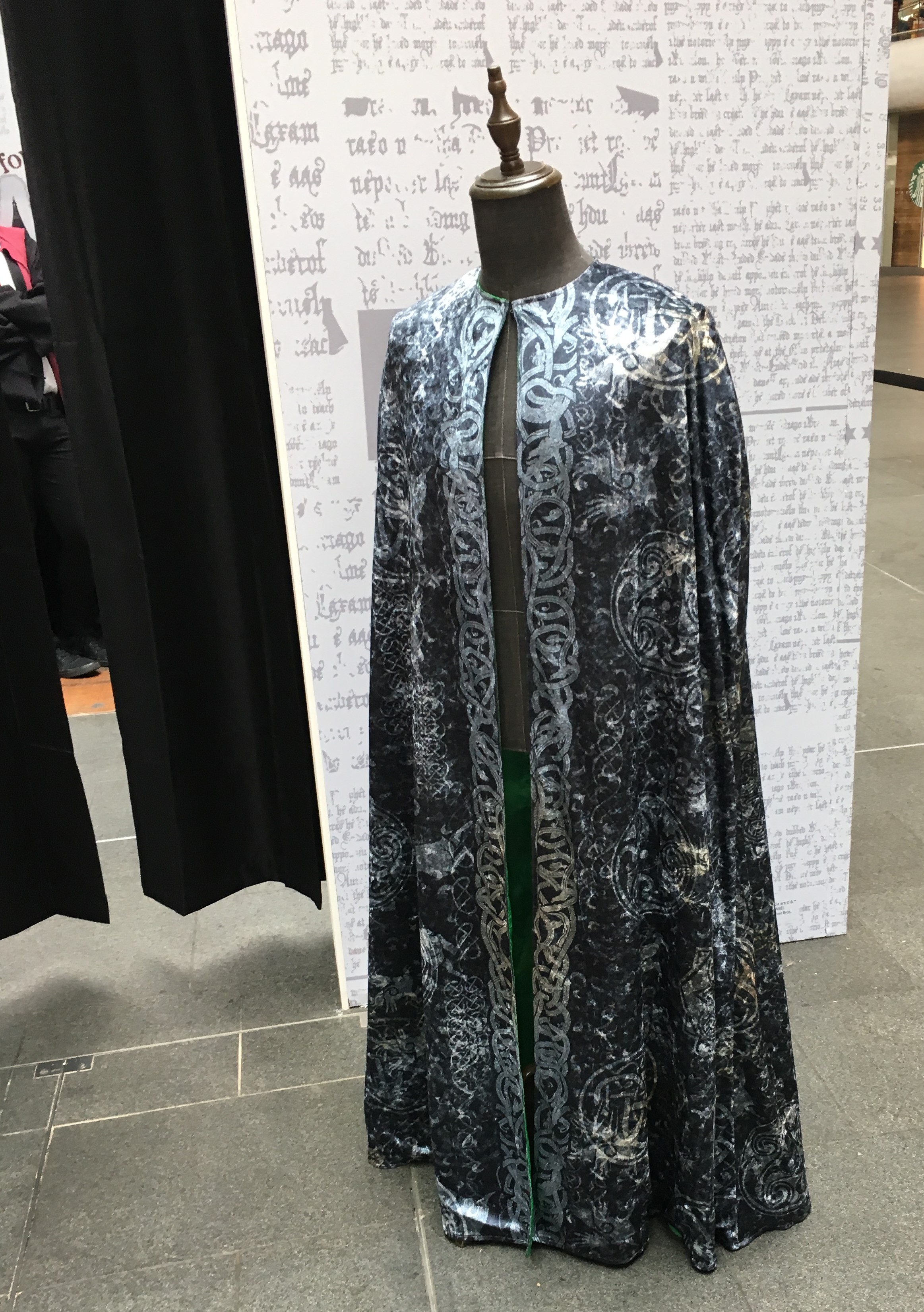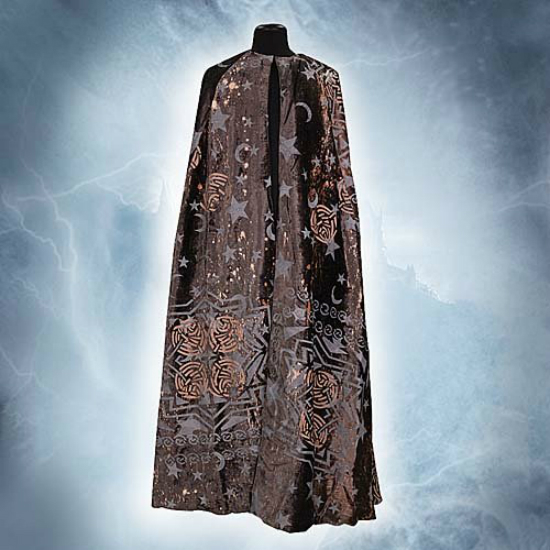

Given an incoming electromagnetic wave with the right frequency, the split ring will respond with an oscillating current, and thus an oscillating magnetic field, of its own. But because the loop has a gap in it, it will also accumulate charge on each side of that gap, giving the ring a capacitance, or C. Like any metal loop, this split ring will resist a change in an external magnetic field with an inductance, or L. To do this, the group devised a metallic ring with a slit cut out in the side. But in 1999, physicist John Pendry of Imperial College London and colleagues pointed out that it should be possible to create transparent structures that can manipulate both the electric and magnetic components of light. That might have been the end of the story. That means, effectively, that conventional materials respond only to the electric part of an electromagnetic wave, particularly at infrared and visible wavelengths. But most atoms stop resonating-and thus responding-to the magnetic component of light when incoming radiation has a frequency above about 100 gigahertz, the high-frequency edge of the microwave part of the spectrum. And the response of materials to magnetic fields is another story.įor a few quantum mechanical reasons we won’t get into here, many atoms do respond to the magnetic component of electromagnetic radiation (this response is what enables, for example, magnetic resonance imaging). But an electromagnetic wave is made up of two pieces: an oscillating electric field and an oscillating magnetic field.
Invisible cloak full#
Ordinary atoms, such as silicon and copper, are full of charged particles and typically interact quite strongly with electric fields. That fact becomes quite evident in the way materials respond to light. This allows taller structures to be built, because the microscope slide won’t get in the way.Īs diverse as natural materials are, they actually have a fairly narrow range of properties. The optical properties of this compound can be tuned so that it can also act as the immersion liquid, which carries light from the objective lens. The process got a second boost from a recently discovered photoresist. The vertical and horizontal cross sections of both beams are shown at right. One is to use two lasers: a red one to excite the photoresist and a green one to de-excite all but a central point so that much finer features can be drawn. But two innovations have helped improve the writing process. The Two-Beam Solution: A single laser beam shone upward through a microscope objective lens and a glass slide can be used to draw 3-D structures inside a photosensitive compound called photoresist. Illustration: Emily Cooper Image: Karlsruhe Institute of Technology/ Optical Materials Express

And the technology to fabricate meta-atoms has recently turned a corner. Ultimately, the capabilities of a metamaterial are determined by the size, shape, and quality of these structures. When these structures are arranged in regular, repeating crystals, they can be used to manipulate electromagnetic radiation in new ways.

Metamaterials are made up of “meta-atoms”-small two- or three-dimensional structures made of polymer, dielectric material, or metal. To achieve these advances we’ll need better metamaterials, and those are on the way. These innovations include invisibility cloaks that could mask the presence of objects or their electromagnetic signatures, “unfeelability cloaks” that could mechanically mask the tactile feel of an object, superlenses that could resolve features too small to be seen with ordinary microscope lenses, and power absorbers that could capture essentially all of the sunlight hitting a solar cell. Researchers have long believed that it would someday be possible to produce artificial materials, or “metamaterials,” and that they would bring about some stunning, otherworldly technologies-the sort that have figured in science fiction tales for years.

So now imagine what we could do if we weren’t limited to the materials found in nature.


 0 kommentar(er)
0 kommentar(er)
